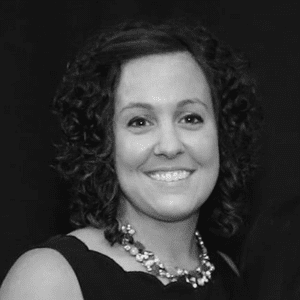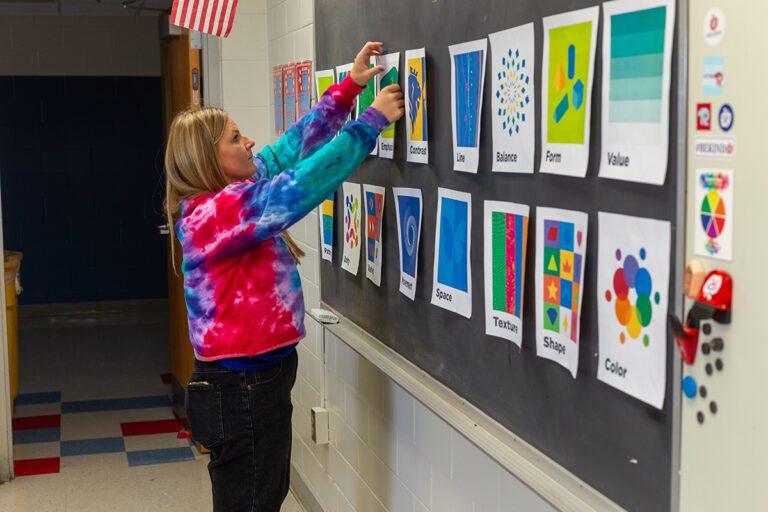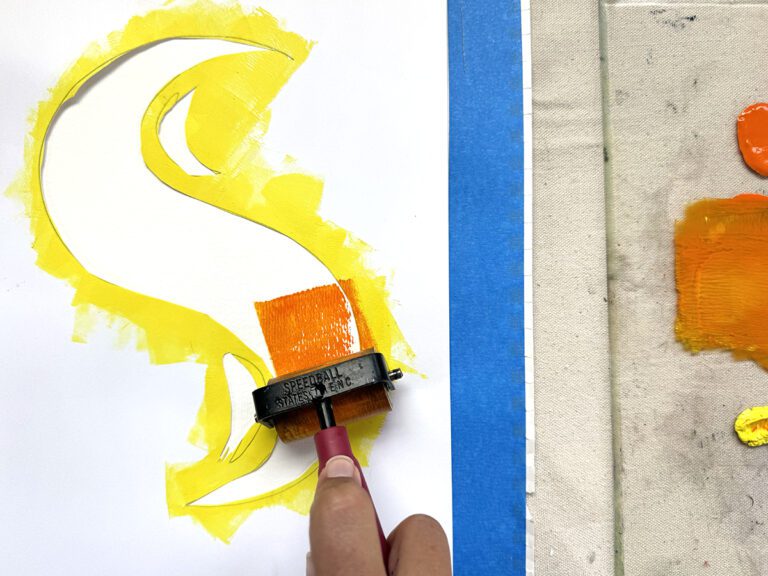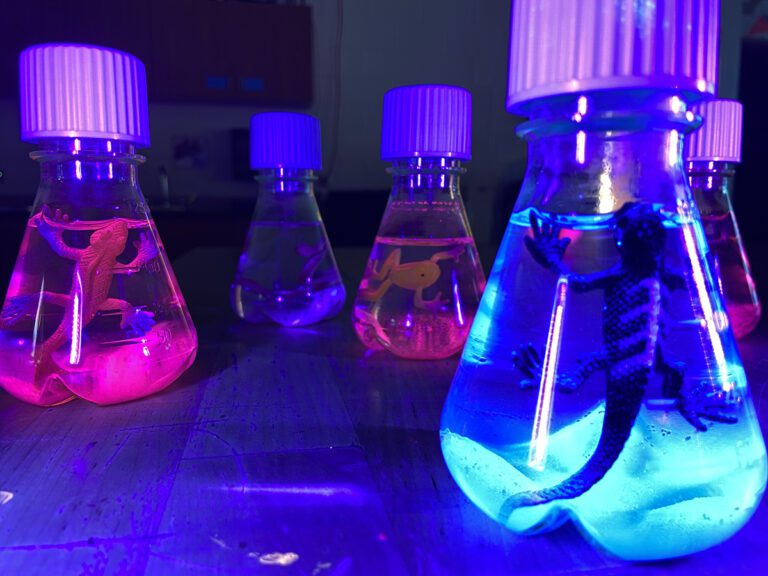
This week we will have a 3 day series (with a giveaway tomorrow!) focused on one of the newest and most innovative companies out there: Gelli Arts®. Have you heard of them? Gelli Arts® makes Gel Printing plates, which simplify and enhance the monoprinting process. If you haven’t seen this video, you MUST watch it. It summarizes the process so beautifully!
I had the privilege of chatting with Lou Ann Gleason, one of the founders (you can read about the company and her co-founder Joan Bess, right here). I asked her a few questions about this new and exciting art product.
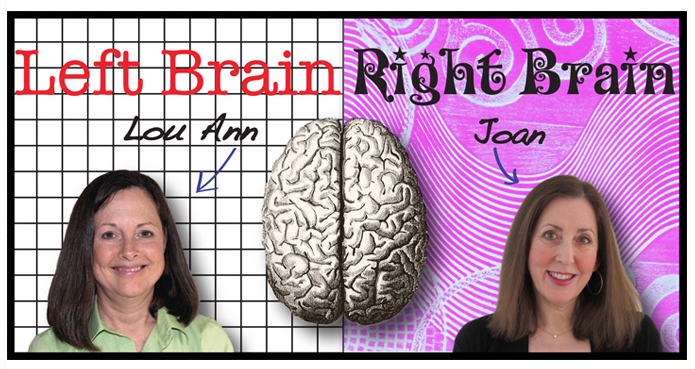
How long has the company existed?
We sold our first Gelli Arts® printing plate on our website www.gelliarts.com on June 10, 2011. So we have been in business for a quick 2 1/2 years. However, we did start working on creating the business and product about a year before that.
Where did the idea to create Gel Printing plates come from?
Joan Bess, CO-Founder of Gelli Arts®, came up with the idea, as she loved to print on gelatin, but never seemed to have a real gelatin plate on hand when inspiration struck to print. One day, she invited me over and demonstrated how to print on real gelatin. I watched her and then printed a bit myself. We had an inspiring afternoon – after a few hours we decided to see if we could create a durable, reusable, portable printing surface that would mimic gelatin printing.
Tell us a little bit about your year of research before launching? Where did you start?
We started with printing on the plates ourselves and then shared the plates in focus groups. We shared the gel printing plates with fine artists, scrapbookers and graphic designers and received consistent, positive responses.
What feedback do you get from teachers who use your products?
The feedback from all our customers (teachers, scrapbookers, card makers, collage folks) is universally positive! From our initial focus groups where we tested our prototypes, till today, we have had consistent positive feedback! Whether someone is new to printing or a veteran printmaker, the printing plate’s ease of use and super sensitive surface is pretty close to instantly gratifying!
What is one of the most interesting printing treatments you’ve seen someone use on the Gelli Plate?
WOW – this is a tough question as we have seen so many amazing creations. I love the fine art landscape prints by Bob Pennycook but am also insprired by the abstract printmaking of Carla Sonheim, collage by Jane Davies and Robin Coats along with some of the amazing art journaling by folks like Julie Balzer and Donna Downey.
Where can an art teacher purchase Gelli Plates and learn about how to use them?
Our gelli plates are available at Blick Art Materials online and in stores as well as over 100 independent arts and crafts stores throughout the US. Or they can purchase them on our website at www.gelliarts.com. Our website is also filled with great content about how to print on Gelli Arts® printing plates.

The Gelli Arts® Blog has over a dozen “HOW TO” videos where Joan Bess demonstrates unique techniques for the gelli plates and provides step-by-step instructions. The Gelli Arts® FB Page is overflowing with amazing art contributed by over 8000 gelli friends – it’s a great place for daily inspiration.
***
Thank you, Lou Ann, for talking with us today and for your innovative work in the field. I wrote off monoprinting in my classroom because of the mess and lack of ‘good’ results. A class set of Gelli Plates would be juts the trick to get students mono printing again in any classroom. Be sure to swing back tomorrow, when we will have a special giveaway for one lucky teacher, as well as writer reviews of the Gelli Arts® printing plate!
What are other new products you are using in the art room?
Have you heard of Gelli Arts? How are you currently monoprinting (if at all)?
Magazine articles and podcasts are opinions of professional education contributors and do not necessarily represent the position of the Art of Education University (AOEU) or its academic offerings. Contributors use terms in the way they are most often talked about in the scope of their educational experiences.
